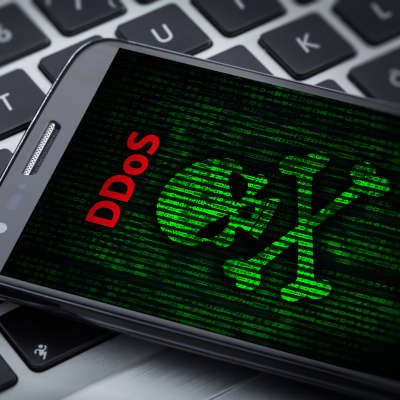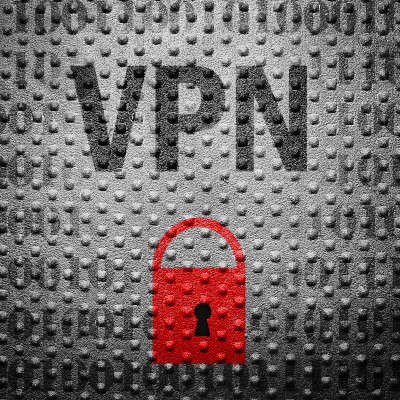Ferrum Technology Services Blog
Phishing attacks are growing in number and it presents a major challenge for businesses. The many different forms that these attacks come in just exacerbates the problem. Today, we will take a brief look at phishing to help you educate your staff on what they entail and how to mitigate the massive risk that comes with them.
2020’s holiday season is going to be much like the rest of 2020: distanced. Most people are taking precautions and therefore have put the kibosh on much of their holiday shopping trips, choosing instead to do a majority of their shopping online. By avoiding one risk, people take on others. Today, we thought we’d outline some of the problems people may experience when shopping online and what to do to reduce your risk.
Considering the current popularity of remote operations, the security of your business’ resources should be one of your greatest concerns. While this process isn’t necessarily easy, it isn’t something you can afford to neglect. Let’s take a few moments and walk through some of the most critical considerations to your office and its data security.
Business success is often tied to the quality of your business relationships. There are a lot of people you need to trust: your vendors to get you whatever supplies you need, your team to complete their responsibilities without letting in threats, and your customers to turn to you for what they need. Unfortunately, cybercriminals are willing to take advantage of such trust to accomplish their own ends.
Data is one of the most valuable assets there is today, which is why any business should consider its security a prerogative. This can admittedly be a lot, which is why we’ve taken the liberty of preparing a few tips to help you get started on the right path. These may also help those in the middle of the process who need a little reminder.
With the 2020 U.S. Election under a month away, there has been a lot of concern that outside interests would try to influence the results. Microsoft has recently disrupted a huge coordinated hacking effort that had designs of altering the election infrastructure needed for a fair and secure election. Let’s take a look at the effort and Microsoft’s response in today’s blog.
Phishing attacks are a very common threat nowadays. Between the classic message from a supposed Nigerian Prince to a sudden and urgent email from the bank with attachment in tow, we’ve all seen our share of them. That’s the trick to stopping them—being able to spot them. Let’s go over five signals that a message may be a phishing attempt.
Security has to be a priority for your business. Oftentimes there is a disconnect between those aims and the practices used by businesses. This gap in vigilance can be just the place that hackers and other scammers look to as they attempt to steal what you have. This month, we thought it was important to provide you a few best practices to follow to keep your data and infrastructure safe.
Weak passwords are a huge problem, one that almost everyone is guilty of. Even if you think of yourself as being a diligent, security-minded person, you probably have at least one or two passwords that are common words, followed by a digit or two, followed by an exclamation point.
I’d be willing to bet that the digits in your password represent either your birthday, your anniversary, or your favorite football player’s jersey. With a little time, anyone could gain access to your account. That’s where two-factor authentication comes in.
Security is always a business priority, and with so many business needs now fulfilled digitally, it is critical that cybersecurity has a strong presence in organizations big and small. Nowadays, collaboration solutions have also had even greater importance in the workplace, making tools like email completely essential. Unfortunately, this gives cybercriminals an increased opportunity to use it as a means of attack.
Blockchain was all the rage for five years. You couldn’t talk about technology without someone bringing it up. At that point, it was listed as the remedy for all the world’s problems. Five years later, it’s not being mentioned quite as much, but it has been used to create some very useful products. Let’s take a look at what is going on with blockchain technology in 2020.
It seemed that, not so long ago, everything was going to be associated in some way to blockchain and blockchain technology. All online transactions and data were going to use the blockchain for security. However, as 2020 has provided some very effective distractions from the thought of blockchain, it seems to have slipped from the public consciousness. Let’s look at how blockchain is still being used today to drive innovation as a quick reminder.
The nature of many of today’s businesses is building one product over and over and over. When you have that level of repetitiveness, it helps people find their niche, yes, but it can also result in the attention given to the task to suffer. While a disengaged employee is nothing new, they can cause some operational problems. By and large, a couple of staff hiccups won’t have a huge impact on your business, unless that lack of engagement impacts your cybersecurity. That’s because there are some threats out there that could absolutely cripple your business’ ability to sustain operations. Today, we’ll talk about how to get your staff to care about malware, hackers, and the like.
So many organizations continue to use a decade-old operating system, and they really, really shouldn’t.
Here’s the thing: Windows 7 is dead and gone… and yet, as of July, it still had a market share of about 23 percent, making it the second-most-popular operating system. Here, we’ll be going over just why it is—if your company is still using Windows 7—that you need to update to Windows 10 immediately (if not sooner).
Remember a few months ago when Google and Apple joined forces to come up with a system to help state and local governments establish a COVID-19 Exposure Notification system? If you didn’t, you aren’t alone. A lot has been going on lately. Just to catch you up, the two tech giants recently pushed out an update across nearly all modern smartphones so state and local governments can deploy apps to notify people when they may have been exposed to COVID-19. Let’s do a deep dive on what this means for your privacy.
Small business owners are always looking for a way to improve their companies. It has been difficult to do so in 2020 as the COVID-19 shutdown has everyone playing defense. One way businesses have forged ahead is by allowing their staff to work from home. Many businesses use a VPN to facilitate this remote productivity, but there are business risks in doing so.



















